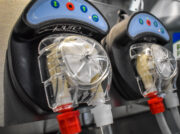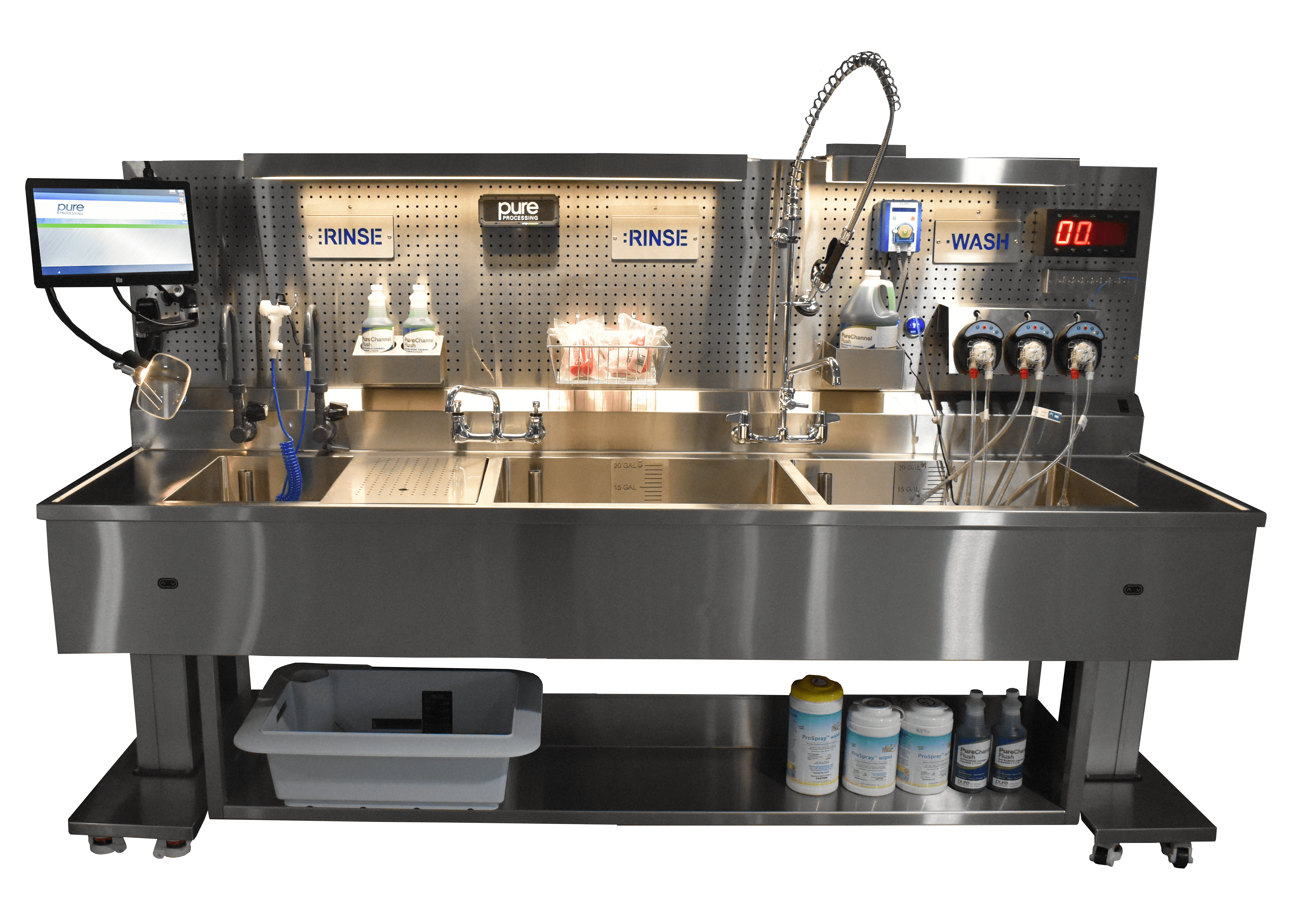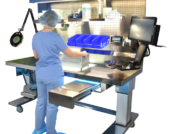
Unlocking SPD Trends: A Side-by-Side Analysis of 2022 and 2023 Survey Data
In June of 2023, Pure Processing conducted our annual Sterile Processing State of the Industry Survey to get an understanding of the industry’s challenges, the changing attitudes & dispositions of technicians and leadership, and the most important problems to solve within departments.
The survey plays a key role in identifying the shifting trends within the sterile processing industry. We dig into the new trends and patterns that have emerged, and those that have remained unchanged, since 2022’s results.
Years of Experience
In 2022, the most represented group of SPD experience was those that had been in the industry for 3-5 years, representing just shy of 30% of all participants. In 2023, the most represented group was those with 15+ years of experience, with more than 48% of all participants.
Certification
69% of participants stated to have a CRCST certification in 2022. That number jumped significantly in 2023 to 97.37%.
Getting into SPD
Last year, a group of respondents reported that they originally got into sterile processing via referral by a friend or colleague. In 2023, more than 43% indicated that they found the role without any prior knowledge of the industry, a significant difference.
| 2022 | 2023 | |
| Found an open position without prior knowledge of SPD | 25.37% | 43.27% |
| Referred by a friend or colleague | 33.58% | 14.62% |
| Moved from another department in the hospital/facility | 25.37% | 28.65% |
Maybe managers and HR departments are broadening their search efforts for new hires, and are seeing the benefits of new hiring strategies impact their open positions.
What technicians enjoy about working in SPD
In 2022, the top three aspects of working in sterile processing that technicians enjoyed most were:
- Patients & Patient Safety
- Making a difference
- Playing a behind-the-scenes role
2023 saw a similar, but notably different top three:
- Patient Safety & Care
- The wide variety of work in SPD
- The importance of the work done in SPD
Participants in the 2022 survey liked the inherently beneficial and supportive role they play in keeping patients safe. In 2023, the sentiments seemed to have shifted away from the importance of the individual to the importance of the department within the hospital, and SPD’s greater contributions to their facilities.
The most important problems to solve:
Each year, participants are asked to identify the most important problems for sterile processing departments to tackle.
2022: 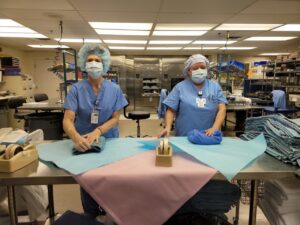
- Culture
- Pay & Benefits
- Compliance
2023:
- Staffing
- Pay & Benefits
- Equipment
A noteworthy takeaway from these responses is the position of Pay & Benefits in second position year over year. This topic is as important as ever, and likely hasn’t seen much improvement at individual hospitals.
The most important problem sterile processing departments need to solve in 2023 is Staffing & Retention, a shift away from Culture in 2022. This change, coupled with Pay & Benefits, means that SPD professionals aren’t placing their compensation above all else. While important, more pressing concerns related to the overall “health” of the department as a workplace take precedent.
Department Ratings
Every year, the SPD State of the Industry Survey asks participants to rate several aspects of their department on a scale from 1-10, with 1 being “Poor” and 10 being “Excellent.” In 2023, a new factor was introduced: Training & Education.
| Factor | 2022 | 2023 |
| Ergonomics & Technician Comfort | 6.7 | 6.3 |
| Work Environment | 6.8 | 6.6 |
| Culture | 6.6 | 6.2 |
| Leadership | 6.6 | 6.7 |
| Technology | 6.5 | 6.5 |
| Processes | 7.2 | 7.2 |
| Training & Education | N/A | 6.2 |
Interestingly, the general disposition towards departments seems to have dipped in 2023, with only one factor, Leadership, improving. Meanwhile, Technology & Processes retained their rating, with Processes being given the highest rating, 7.2, for another year.
Culture suffered the most, dropping from 6.6 to 6.2, interesting given Culture was considered the most important problem to solve in 2022, and was not in the top 3 in 2023.
Training & Education tied Culture for lowest rating, also at a 6.2. This reflects the desire of sterile processing professionals for more access to Training & Education opportunities, as well as the inability to complete those opportunities on company time.
What makes a sterile processing department great to work in?
Participants were asked what factors made a sterile processing department great to work in; their replies were remarkably consistent from 2022 to 2023:
2022:
- The Team
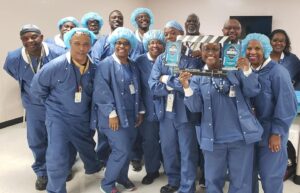
- Emphasis on Patient Safety
- Culture
2023:
- The Team
- Emphasis on Patient Safety
- Management/Leadership
The shift from Culture to Management/Leadership to third position might signal that support from Management & Leadership is the key to many other successes and improvements within SPD.
Some honorable mentions included:
- Good relationship between OR/SPD
- Training / Trained Staff
- Updated equipment
Injuries on the job
A substantial spike came in the form of injuries on the job. Just 27% of participants reported having been injured on the job at some point in their career in 2022. That percentage shot to 47% in 2023! The top three categories of injuries across both years were:
- Sharp sticks / punctures
- Strain & back injuries
- Slip & falls
Falling objects and overweight trays were mentioned significantly more in 2023 than 2022.
A career in SPD
In 2023, fewer participants said they would recommend a career in sterile processing, down from 94% to 86%. Despite being slightly lower, this still demonstrates an overwhelming sense of pride in working in SPD.
The 2023 SPD State of the Industry Report
Interested in exploring more insights from the 2023 SPD State of the Industry Report? Get your free digital copy when its published by signing up here!
The SPD State of the Industry Survey is an annual, free, anonymous survey asking real sterile processing professionals across the country about their experiences, backgrounds, and challenges they face in their departments. We hope by providing access to free industry research and data, instrument reprocessing professionals can better grow, develop and improve their own departments through the experience of their peers. We are grateful for all the professionals who participate each year, and the contributions to their patients and facilities: thank you for all you do!
